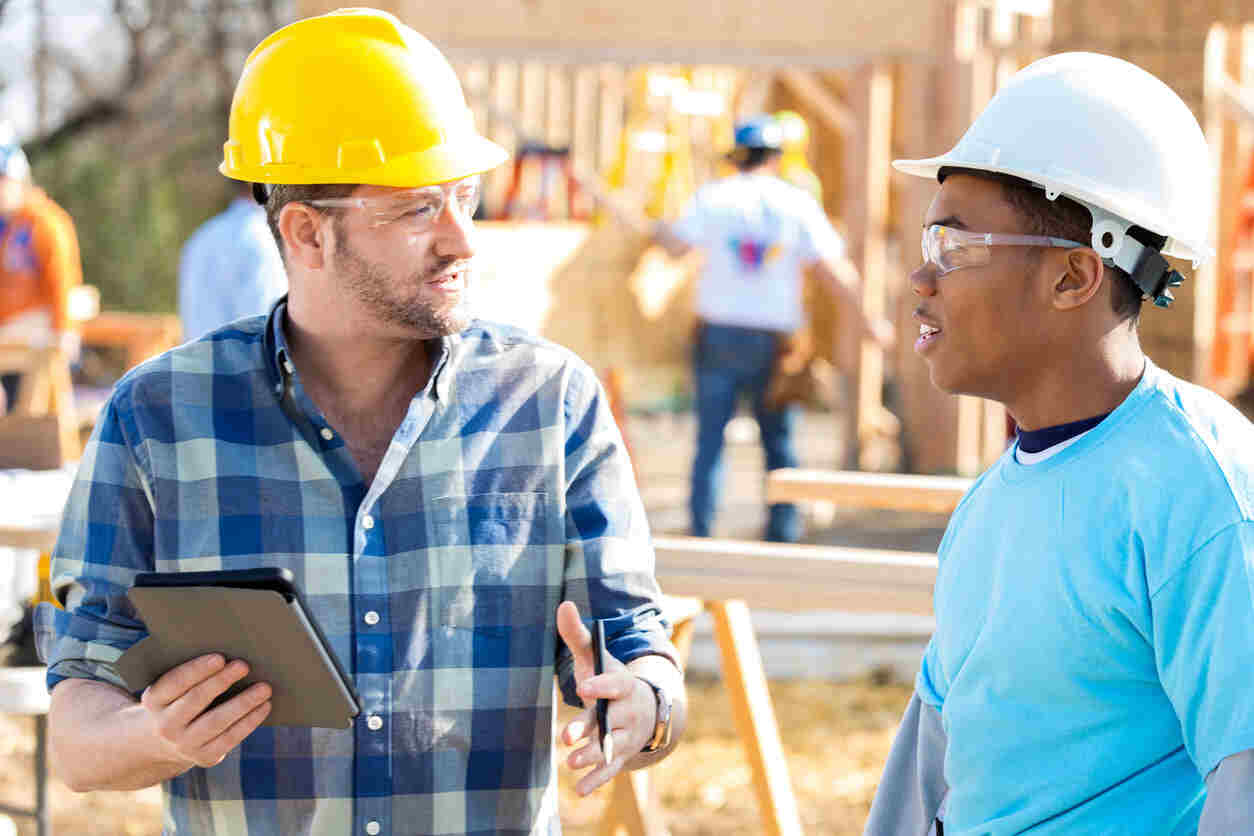In the realms of office, home, and school environments, effective construction and design lay the foundation for functionality, aesthetics, and long-term durability. Whether you’re renovating an office space, constructing a new home, or designing a school, understanding the key decisions that shape the project is crucial. These decisions not only influence the overall structure but also the user experience within the space. This article explores the essential decisions involved in construction and design, highlighting the importance of planning, material selection, fasteners/ baut – mur, and sustainability.
Planning and Layout Design
The initial and most critical stage in any construction project is thorough planning and layout design. This phase sets the tone for the entire project and can determine its success. For office spaces, the layout should encourage productivity and collaboration. In homes, it should promote comfort and practicality, while in schools, safety and learning enhancement are top priorities.
Key considerations include:
Space Utilization: Efficient use of space is critical. For offices, this means optimizing layouts for workstations, meeting rooms, and break areas. In homes, it involves balancing living, dining, and private areas, while schools require safe, accessible pathways for students and staff.
Workflow and Accessibility: For both commercial and residential environments, ease of movement is essential. Office designs should accommodate smooth workflows, and homes need to ensure practical circulation between rooms. Schools must prioritize accessibility for children, teachers, and visitors, with consideration for safety regulations.
Professional input from architects and designers, alongside modern tools such as CAD (computer-aided design) software, can aid in visualizing and adjusting these layouts before construction begins.
Material Selection: Durability and Aesthetics
Choosing the right materials is a cornerstone of any construction and design project. Materials must meet a range of requirements, including durability, aesthetics, and cost-effectiveness. For office, home, and school environments, striking a balance between appearance and performance is essential.
Office Materials: Materials like glass, aluminum, and high-quality carpeting are commonly used in modern offices for their sleek appearance and low-maintenance qualities.
Home Materials: In residential construction, natural wood, stone, and eco-friendly composites are popular for their aesthetic appeal and sustainability.
School Materials: Schools often require robust materials such as reinforced concrete and resilient flooring that can withstand heavy daily use while ensuring safety and minimal maintenance.
When selecting materials, consider their long-term impact on the building’s sustainability and energy efficiency. Products that reduce heating and cooling costs, such as insulated windows or energy-efficient roofing, contribute significantly to the environmental and financial well-being of a project.
Fasteners: The Hidden Heroes of Construction
While often overlooked, fasteners are an integral part of any construction process. Whether in offices, homes, or schools, fasteners are the backbone that holds everything together. Choosing the right fastener type for the job ensures structural integrity and long-lasting stability.
Types of Fasteners:
Screws: Ideal for woodwork and drywall, screws provide flexibility and can be easily removed or replaced if necessary.
Nails: Commonly used in framing, nails are essential for larger construction tasks where long-term strength is needed.
Bolts: For heavy-duty applications, such as securing steel beams or major fixtures, bolts offer superior holding power.
Selecting fasteners that are corrosion-resistant or designed for specific materials (e.g., concrete fasteners for masonry work) ensures that the project remains intact for years to come. Stainless steel or galvanized fasteners are particularly useful in environments that experience moisture, such as bathrooms or exterior structures.
Sustainability and Environmental Considerations
Sustainability is no longer an optional consideration in construction and design—it’s a priority. Integrating eco-friendly practices into building projects is crucial, not only to minimize environmental impact but also to future-proof the structure against evolving regulations and energy costs.
Sustainable Construction Practices:
Energy-Efficient Systems: Incorporating solar panels, LED lighting, and smart HVAC systems can dramatically reduce a building’s carbon footprint while cutting long-term operational costs.
Sustainable Materials: Bamboo, reclaimed wood, and recycled metal are increasingly popular in both commercial and residential designs for their low environmental impact and stylish look.
Water Conservation: Installing low-flow fixtures and rainwater harvesting systems helps in reducing water consumption in both homes and schools.
Moreover, sustainable practices align with growing consumer expectations for environmentally conscious buildings, making them attractive for future buyers or occupants.
Safety and Compliance
Safety is paramount in construction, especially in spaces that host large numbers of people, like offices and schools. Ensuring that your design complies with local building codes, safety standards, and accessibility regulations is crucial.
Safety Features to Consider:
Fire Safety: Ensure the installation of sprinklers, fire-resistant materials, and accessible fire exits.
Structural Integrity: Make use of seismic retrofitting or hurricane-resistant materials in areas prone to natural disasters.
Access Control: In schools, secure entrances and exits, as well as video monitoring, enhance safety for students and staff.
Always consult with local authorities and industry experts to ensure all safety protocols are met.
Conclusion
tokohasil.com : Every construction and design project, whether for office spaces, homes, or schools, involves a series of essential decisions that can make or break the project’s success. From layout planning to material selection and fastener choice, each step plays a critical role in ensuring the final structure is functional, safe, and sustainable. By prioritizing these decisions and working with trusted professionals, you’ll create spaces that not only meet immediate needs but also stand the test of time.



